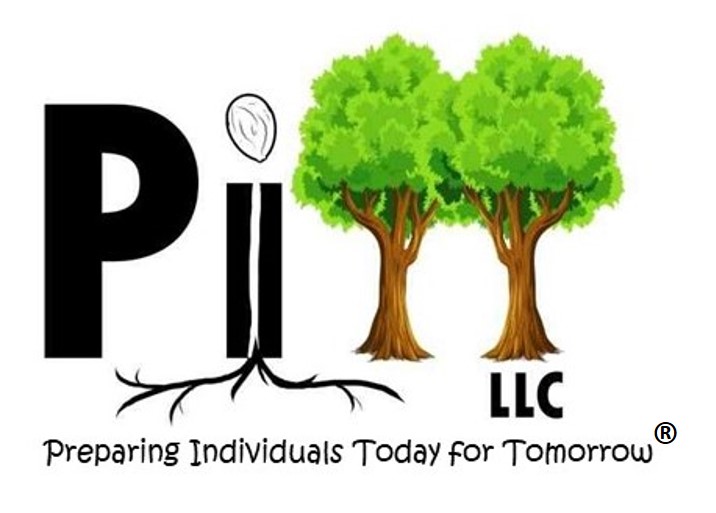PITT, LLC specializes in providing evidence-based procedures derived from the science of Applied Behavior Analysis to children to improve their functional skills and adaptation to their environment so they can reach their full potential. We regard the child as our Client. Each child receives teaching program that is comprehensive, individual, and intensive to ensure effectiveness and optimal progress based on their ability. PITT, LLC is dedicated to abide by the ethical standards outlined by the Behavior Analyst Certification Board. PITT, LLC utilizes the principles of Applied Behavior Analysis and develops individualized programs or treatment plans that target cognitive, speech, language, academic or school readiness, behavior management, play, and social skills. Each individualized program is based on the child’s strengths and deficits. The goal is to decrease maladaptive behaviors and replace them with functional skills that will allow autonomy.
Applied Behavior Analysis (ABA) is the study of the functional relationship between one’s behaviors and their environment. Data is collected on the stimuli that elicits, increases, decreases, or maintains the child’s behavior. The data is analyzed and a treatment plan or an individualized ABA program is implemented. As the child’s treatment progresses, data is collected and analyzed again to determine treatment effectiveness. The goal of a behavior analyst is to utilize behavioral contingencies to help the child learn more functional skills that can replace undesirable behaviors and improve quality of life. PITT, LLC seeks to produce significant results enabling the child to adapt to their environment thus preparing them for a brighter future. PITT, LLC utilizes a team approach to services which utilizes a Board-Certified Behavior Analyst (BCBA) to develop and oversee the implementation of a Treatment Plan implemented by the Paraprofessional under the direction of the BCBA.
We offer a variety of ABA based therapy programs to individuals with autism, other neurological disorders, or specific skill deficits addressing challenges in the following areas:
- Behavior
- Communication
- Daily living
- Social skills
- Academics
What is ABA Therapy?
ABA therapy is an evidence-based practice that address skill deficits by changing the environment in which the skill deficits occur. ABA therapy typically address the antecedent (anything that happens before the behavior), consequences (Anything that happens after the behavior), and motivation operant (mitigating factors such as fatigue, hunger, etc. that could affect treatment). Behavior Analysis is known to utilize reinforcement (any consequence used to increase a behavior) and punishment or response cost (any consequence used to decrease a behavior). It is found that shaping the environment around the sequence of a behavior can increase or decrease the likelihood that the behavior will occur. The goal of ABA therapy is to increase the likelihood of behaviors that provide positive outcomes for all involved and to decrease the likelihood of behaviors that would provide harm or other negative outcomes for all individuals involved.
Who is eligible for ABA therapy?
ABA therapy has been shown to benefit a wide range of populations but is most consistently recognized as a treatment for autism spectrum disorders. Any individual needing to improve in a developmental or behavioral area would be considered “eligible” for ABA therapy. Some insurance companies will limit coverage to those individuals who hold an autism spectrum diagnosis.
What skills are targeted in an ABA therapy Program?
Our ABA therapy programs typically address skill deficits in Behavior (ex. aggression, elopement, high magnitude disruption, verbal protests/outbursts), Communication, Daily Living (feeding, toileting, tooth brushing, age appropriate chores), Social Skills (Initiating and Responding appropriately to verbal and non-verbal communication, active listening, utilizing eye contact appropriately, engaging in peer directing play, etc.) , and Academic skills (Task Completion, Maintaining Academic Directions, Attending and Actively Participating in coursework).
How does ABA therapy work?
The Behavior Analyst engages in a Functional Behavior Assessment to establish a treatment plan. The treatment plan consists of the team members such as the Registered Behavior Technician/direct therapist/instructional assistant and related service members such as (Occupational Therapists), individual’s goals and evidence-based practices that would be utilized to address the individual’s skill deficits.
In a typical setting, the individual would be provided a Behavior Analyst who establishes the treatment plan, trains the behavior technician and other members of the team (families included) on the plan of action, and supervises the behavior technician as directed to ensure effective and consistent treatment. The behavior technician would be provided on a more consistent basis to implement the treatment plan as directed.
What is the difference between an FBA and a treatment plan?
The Functional Behavior Assessment (FBA) is an assessment that identifies a specific target behavior, the purpose/function of that behavior, and the factors that maintain the behavior that is interfering with the individual’s progress.
A treatment plan/Positive Behavior Support Plan (PBSP) is the detailed plan tailored to the individual deriving from the Functional Behavior Assessment. The treatment plan incorporates all members of the treatment team to evaluate to address the individual’s strengths, weaknesses, skills, skill deficits, present levels, goals, and progress.
What happens during an ABA Assessment?
During an ABA Assessment, the Behavior Analyst engages in indirect assessments such as interviews, self-checklists, and assessment scales to obtain background information of the individual. Then, the Behavior Anaylst observes the individual directly either in the setting in which they would be treated (school, hospital, home, natural environment) or in a contrived manner to observe if the behaviors of concern are maintained from a function of Attention, Escape, Access to a Tangible Item, or Sensory Stimulation.

